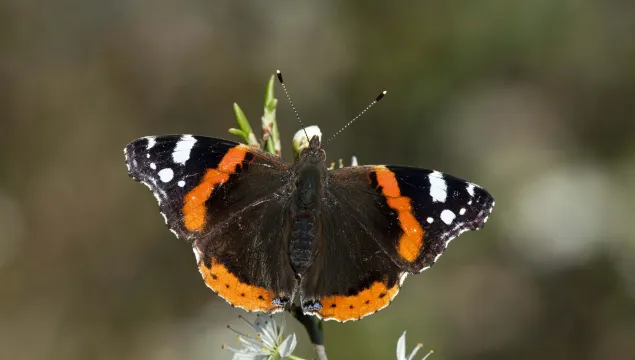
Red admiral
The red admiral is an unmistakable garden visitor. This black-and-red beauty may be seen feeding on flowers on warm days all year-round. Adults are mostly migrants, but some do hibernate here.

The red admiral is an unmistakable garden visitor. This black-and-red beauty may be seen feeding on flowers on warm days all year-round. Adults are mostly migrants, but some do hibernate here.

The pretty small tortoiseshell is a familiar garden visitor that can be seen feeding on flowers all year-round during warm spells. Overwintering adults may find resting spots in sheds, garages or even houses.
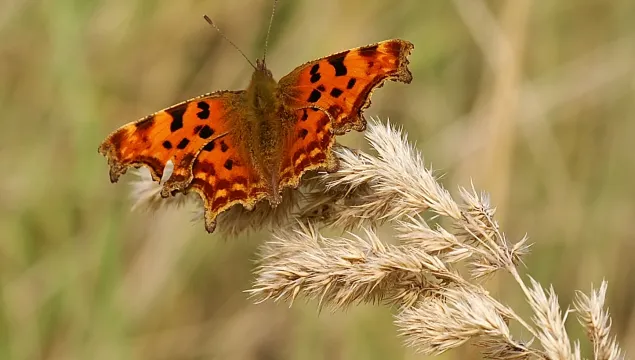
The comma has distinctively ragged wing edges, which help to camouflage it - at rest, it looks just like a dead leaf! It prefers woodland edges, but can be spotted feeding on fallen fruit in gardens.
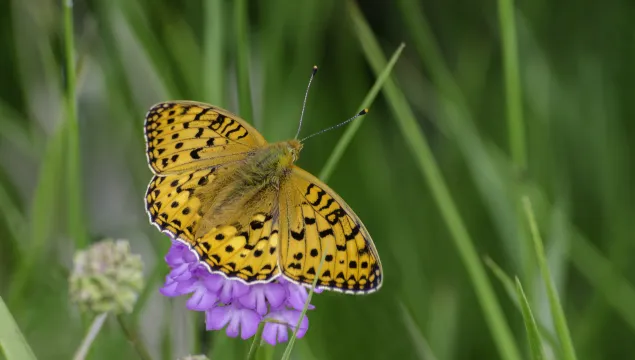
The dark green fritillary is actually an orange butterfly with black spots. It gets its name from the dark green hue to the undersides of its hindwings. A strong flier, it can be seen on open, grassy habitats.
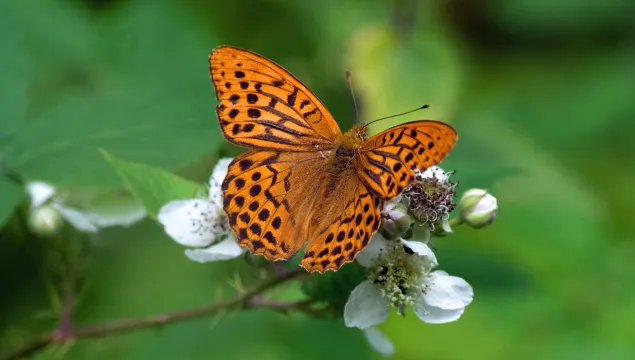
The silver-washed fritillary gets its name from the silver streaks on its underside. It is on the wing in summer, preferring sunny glades in woodlands. Despite declines, its range has spread over recent years.

The black hairstreak is a rare butterfly that is restricted to woodlands and hedgerows containing blackthorn - the foodplant of the caterpillar. It is both elusive and hard to tell apart from other hairstreaks.
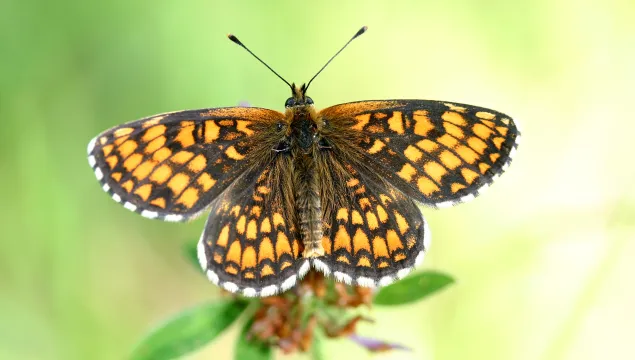
The rare heath fritillary was on the brink of extinction in the 1970s, but conservation action turned its fortunes around. It is still confined to a small number of sites in the south of England, however.

Unsurprisingly, the chalkhill blue can be found on sunny, chalk grassland sites in southern England. Clouds of this beautiful blue butterfly may be seen fluttering around low-growing flowers.
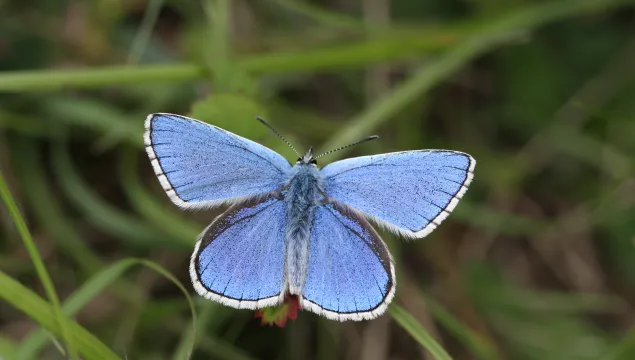
The rare Adonis blue can be spotted on sunny chalk grasslands throughout summer. Males are a dazzling sky-blue in colour, while females are duller brown.
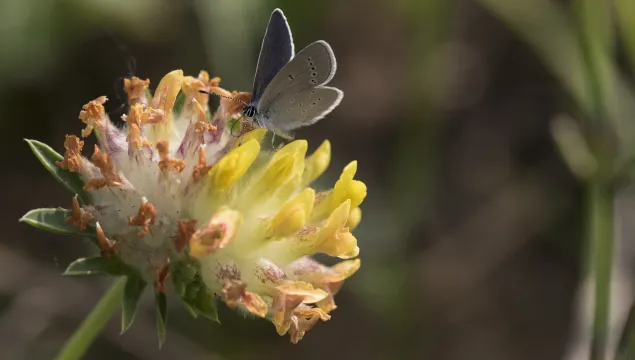
The small blue's name is a little misleading: it is our smallest butterfly, but only shows a dusting of blue on brown wings. It is scarce, occurring on chalk grassland, mostly in southern England.
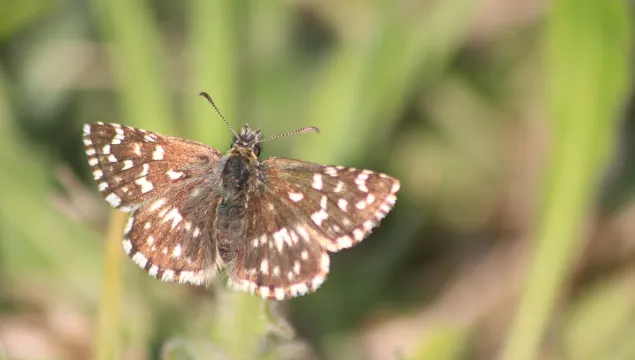
The grizzled skipper has a striking brown-and-white checked wing pattern. It is a fast flier, so is best observed in the morning as it basks in the sun to warm up. It favours chalk grassland and woodland habitats.

The moth-like dingy skipper is a small, grey-brown butterfly of open, sunny habitats like chalk grassland, sand dunes, heathland and waste ground.